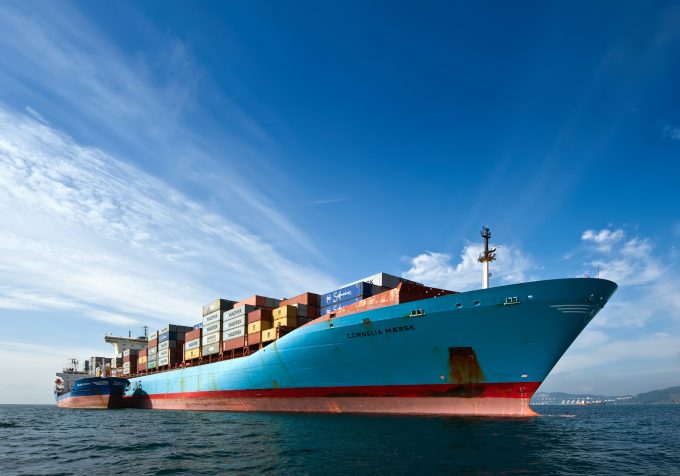Insight into Intra-Americas: South America-North America
Airfreight volume from Central and South America to North America has declined in low single ...

In a significant setback for carriers hoping to improve profitability, ocean freight benchmarking platform Xeneta reported that long-term container contract rates had fallen by an average of 4.2% in April.
Oslo-based Xeneta, which tracks crowd-sourced data from over 110 million contracted container rates, recorded a 4.8% ...
CMA CGM South Korean staff strike over bonuses after bumper 2024 profit
MSC switches two more Asia-Europe port calls from congested Antwerp
Ports and supply chain operators weigh in on funding for CPB
Nightmare for Bangladeshi exporters as congestion and tariffs bite
Carriers introduce surcharges as congestion builds at African ports
Box ship overcapacity threat from carrier appetite for new tonnage
CMA airline returns two freighters, while ANA takeover of NCA looms
Tradelanes: Export boom in Indian sub-continent triggers rise in airfreight rates

Comment on this article